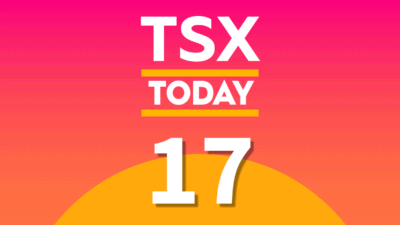There is a constant debate raging among gold enthusiasts about which is better: buying gold mining stocks, or buying a gold ETF? To answer that question, one has to answer a few other questions about the miners. How much do they mine? Are their productions growing? What do their balance sheets look like? How much does it cost them to produce an ounce of gold?
This last question is crucial, but very difficult to answer, and this is no accident. Let me explain, using Barrick Gold (TSX: ABX)(NYSE: ABX) as an example.
How much does it cost?
Just looking at Barrick’s annual report is enough to make someone’s head spin. The company presents no less than three different ways to measure unit costs: adjusted operating costs per ounce, all-in sustaining costs per ounce, and all-in costs per ounce.
Here’s what I would like to know instead. One, how much does it cost to find an ounce? Two, how much does it cost to dig it out of the ground? Finding that exact information in Barrick’s numbers is not easy.
What happens if one just uses the final number, “all-in costs” per ounce? After all, production is not growing at Barrick, so every dollar the company spends seems to be in an effort to maintain its current output. Well, that number was about $1,300 last year. This is where the price of gold is today. So there’s a very good chance that gold prices need to rise for Barrick to be profitable at all.
The same at other companies
Looking at other companies tells a similar story. For example, Kinross Gold (TSX: K)(NYSE: KGC) reports a number for “attributable production cost of sales from continuing operations per equivalent ounce sold” and “attributable all-in sustaining cost from continuing operations per equivalent ounce sold”. Is this confusing enough?
Kinross emphasizes the second number, implying that it is the most important one. However, that number excludes more than half of capital expenditures. Like Barrick, Kinross isn’t growing — so why are so many costs excluded? Unlike Barrick, Kinross doesn’t even present an “all-in costs” number. If it did, it would come in at over $1,350.
So what should you do?
It’s quite simple. If you think the price of gold is going to rise, then buy a gold ETF. Two options are the Claymore Gold Bullion ETF (TSX: CGL) and the iShares Gold Trust (TSX: IGT)(NYSE: IAU). With either of these options, you don’t have to worry about
confusing annual reports or skyrocketing costs.
If you’d rather invest in stocks, you should avoid gold altogether.








